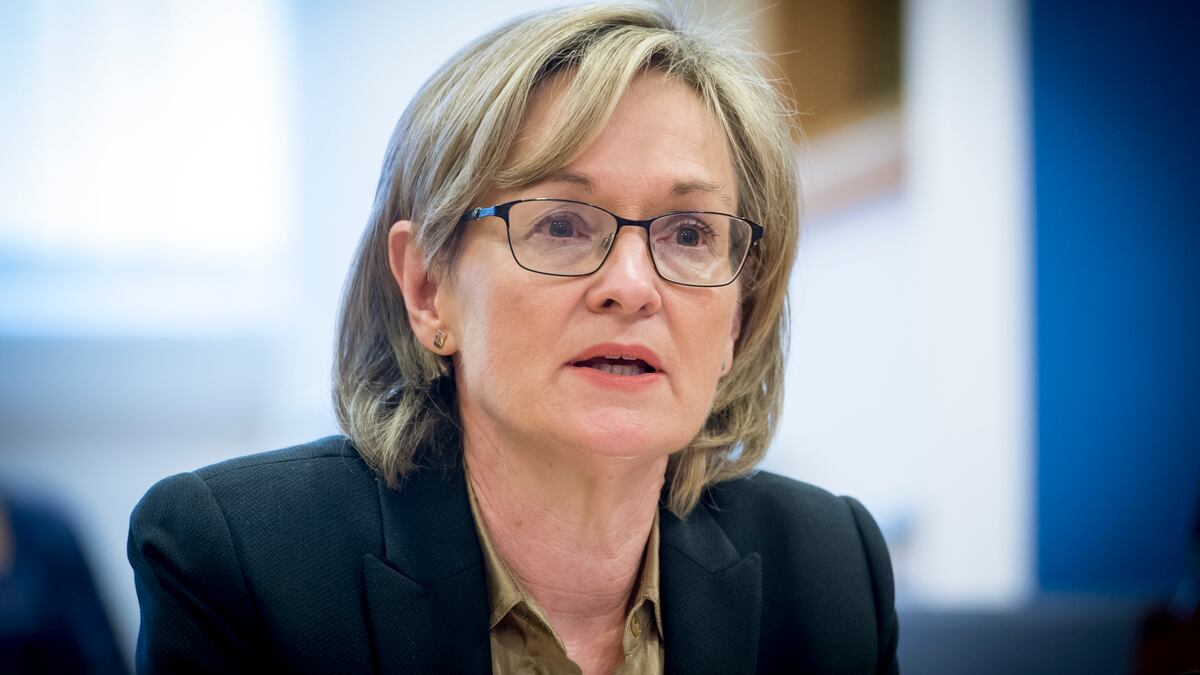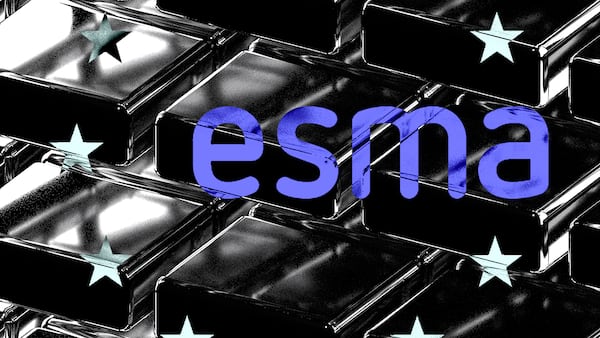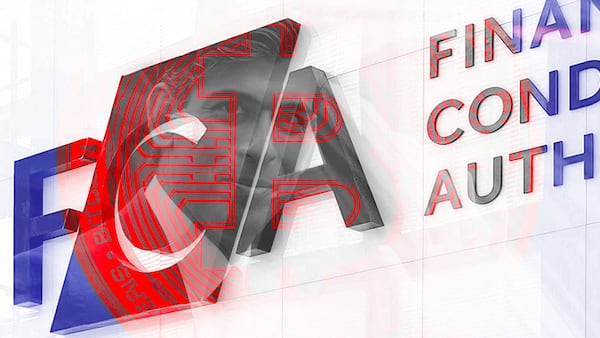The European Union’s crypto rules dubbed MiCA — poised to kick in come July — will position the bloc as a leader in digital assets regulation.
“We are ahead of many other jurisdictions,” Mairead McGuinness, the European Commissioner for financial stability, financial services, and the Capital Markets Union, said during a parliamentary debate.
“Crypto markets are international,” she said in Brussels. “That means that robust rules in the EU are necessary, but other countries need to play their part as well. I’m very supportive of international regulatory discussions.”
Some three years in the making, the EU’s tailored framework for crypto asset regulation is due for a final formal vote tomorrow.
McGuinness’ comments came a day after Securities and Exchange Commission Chair Gary Gensler faced fiery US lawmakers who slammed his “unclear” stance on digital assets.
The industry fears crypto businesses will flee the US for hubs with friendlier regulation — Coinbase CEO Brian Armstrong said yesterday that the US regulatory landscape may drive the exchange’s operations to its second-biggest market, the UK.
McGuinness said EU lawmakers have been meeting with their US counterparts to discuss crypto regulation. DL News in February reported that Congress dispatched a delegation of staffers to Brussels to learn about MiCA.
NOW READ: ‘Non-compliance is their business model’: Gensler slams crypto businesses in House committee hearing
Exporting regulation
It’s a well-worn cliche that one of the EU’s biggest exports is regulation.
Blockchain academic Sean Stein Smith told DL News that MiCA is another example of the “Brussels effect,” where the EU externalises its own laws in other nations through market forces.
“The EU tries to serve as the rulemaker, maybe not on the operational guts of the technologies, but to set the baseline. That is what MiCA will ultimately do,” Smith said.
“There are folks here in the US, in the industry and on the policy side, who aren’t thrilled about being beaten to the punch by the Europeans.”
The US crypto industry has looked to MiCA as an example of how a comprehensive, tailored framework might work. The regulation sets out definitions of the assets that fall under its scope and how those will be treated — a clarity that US crypto industry participants say is lacking in their own country.
Congress has yet to pass any crypto-specific laws, leaving the Securities and Exchange Commission and the Commodity Futures Trading Commission to duke it out in an unacknowledged turf war over crypto.
NOW READ: We compared the ‘unbridgeable chasm’ between Europe and US crypto laws
Gensler told the House Financial Services Committee yesterday that there is plenty of clarity on his agency’s approach to crypto — it’s just not the clarity the industry likes.
“It was the same handful of questions,” during the testimony, Smith said. “How do you classify Bitcoin? What is Ether? … basically, how the SEC is trying to regulate this whole industry by edict as opposed to trying to write a broad based framework, which is basically what MiCA is.”
Not robust enough
MiCA did face some criticism during the debate, however.
MEPs, many from some of Europe’s more progressive parties, said the regulation was not sufficiently robust to offer consumer protection or to curb terrorist financing and crime. Nor does it address lending, staking, decentralised finance or non-fungible tokens, they said.
Dutch MEP Paul Tang compared crypto to the tulip mania that swept through the Netherlands in the 17th Century, when prices for bulbs rocketed.
‘But then again, tulips are at least pretty.’
— Paul Tang
“But then again, tulips are at least pretty,” Tang said.
MiCA will improve protections in crypto markets, he added, but “when one of the biggest crypto companies on earth — FTX — appears to be rotten to its core, I ask myself: Will it be enough?”
He continued: “With rules against money laundering, we managed to set obligations to detect illicit transfers. Yet unhosted wallets still lurk in the dark and can escape the eye of the law.”
NOW READ: Euler hack victim who got 100 ETH: ‘He was probably moved by my message’
What is MiCA and how does it work?
- MiCA aims to bring crypto assets under regulation. It addresses risks related to consumer protection, market integrity and financial stability, as well as seeking to prevent market abuse.
- If MiCA is ratified tomorrow, the rules go into force in July. Individual states have up to 18 months to implement MiCA.
- The regulation will apply progressively. The provisions on stablecoins will apply from July 2024 and those on crypto asset service providers from July 2025.
- MiCA covers private stablecoins, stablecoins backed by fiat currencies, and tokens like Bitcoin or ETH.
- Stablecoin providers must hold a reserve of assets backing up their tokens.
- Crypto asset service providers – exchanges, trading platforms, custodial wallets, and advisory services – will have to disclose detailed information about their offerings.
- Under MiCA’s passporting regime, crypto asset providers need only register in one of the EU’s member states to enjoy access to markets in all EU27.
- MiCA does not cover non-fungible tokens or decentralised finance. However, participants in these industries shouldn’t get too comfortable. EU lawmakers are already working on updates to MiCA that will cover these markets.





